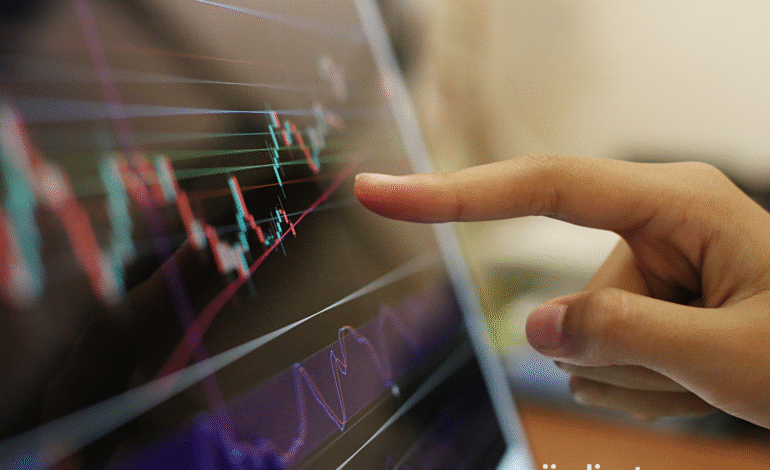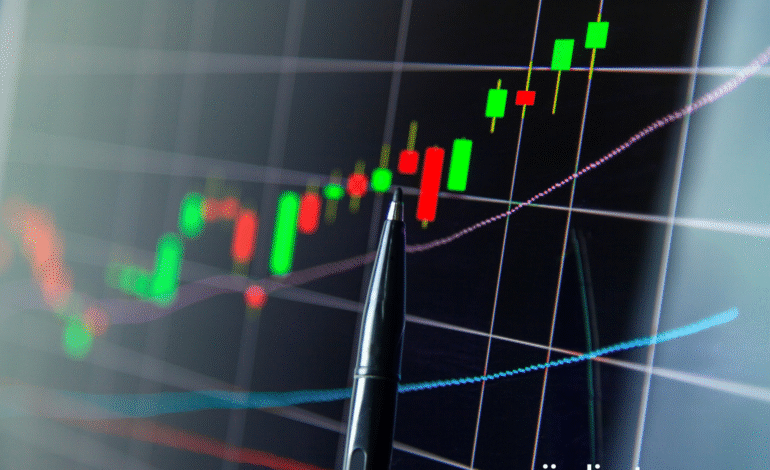
High CCI Readings: What They Really Mean for Your Trades
If you’ve seen the Commodity Channel Index (CCI) shoot well above +100 or even +200, you may wonder: is it time to sell? Many traders misinterpret high CCI readings, assuming they always indicate overbought conditions. In this article, you’ll learn what high CCI values really mean and how to use them to improve your trading strategy.
What Is a High CCI Reading?
The CCI is a momentum oscillator that measures how far the current price is from its moving average. It doesn’t have fixed upper or lower bounds, which means it can rise above +100, +200, or even +300 in strong uptrends.
Traditionally:
- +100 and above: Indicates strong bullish momentum or potential overbought conditions.
- -100 and below: Indicates strong bearish momentum or possible oversold conditions.
However, a high reading does not automatically mean the market is ready to reverse.
Does a High CCI Mean Overbought?
Not always. While +100 is often labeled as the “overbought” threshold, in strong trends, the CCI can remain high for an extended period without price reversing.
What high CCI might actually mean:
- The trend is gaining strength.
- Momentum is accelerating in the direction of the trend.
- The current move may still have more room to run.
Many traders exit too early based on a high CCI reading — missing out on extended moves.
How to Trade High CCI Readings Effectively
1. Look at Trend Context
In an uptrend:
- CCI crossing and holding above +100 can confirm the trend is strong.
- Exiting too early on high readings can lead to missed profits.
In a sideways or choppy market:
- A CCI above +100 without price follow-through may suggest a false breakout or temporary exhaustion.
Pro Tip: Use moving averages or trendlines to confirm if the trend supports staying in the trade.
2. Watch for Divergence
If the CCI reaches new highs but the price doesn’t:
- This could be a sign of weakening momentum.
- It may lead to a short-term pullback or reversal.
Example:
- Price makes a new high.
- CCI makes a lower high.
- Bearish divergence forms — a potential early exit signal.
3. Use CCI as a Strength Confirmation Tool
Rather than exiting when the CCI goes above +100, consider:
- Adding to positions when CCI confirms a breakout.
- Trailing your stop-loss as price moves higher.
- Holding longer trades if price and CCI are rising together.
This works especially well in trending stocks, forex pairs, or cryptocurrencies with strong volume.
When to Be Cautious with High CCI
- Near key resistance: High CCI plus resistance may indicate a potential stall.
- On low-volume moves: If the CCI spikes without volume confirmation, it may be unreliable.
- If volatility is extreme: High readings in highly volatile markets can reverse suddenly.
Use these warning signs to tighten risk and monitor your positions closely.
FAQs
Is a CCI above +100 a sell signal?
Not necessarily. A CCI above +100 shows strong bullish momentum. It becomes a potential sell signal only if confirmed by price action or bearish divergence.
What is considered a “very high” CCI reading?
Readings above +200 or +300 are considered extreme. They often appear during strong breakouts or parabolic trends.
Can high CCI values last for several candles?
Yes. In strong trends, the CCI can remain elevated for many bars. This is normal and may support holding a position longer.
Should I exit a trade just because the CCI is high?
No. Use trend confirmation, support/resistance, or divergence for a more reliable exit strategy.
Is high CCI more common in certain markets?
Yes. It’s more common in fast-moving markets like crypto, forex, and momentum stocks.







